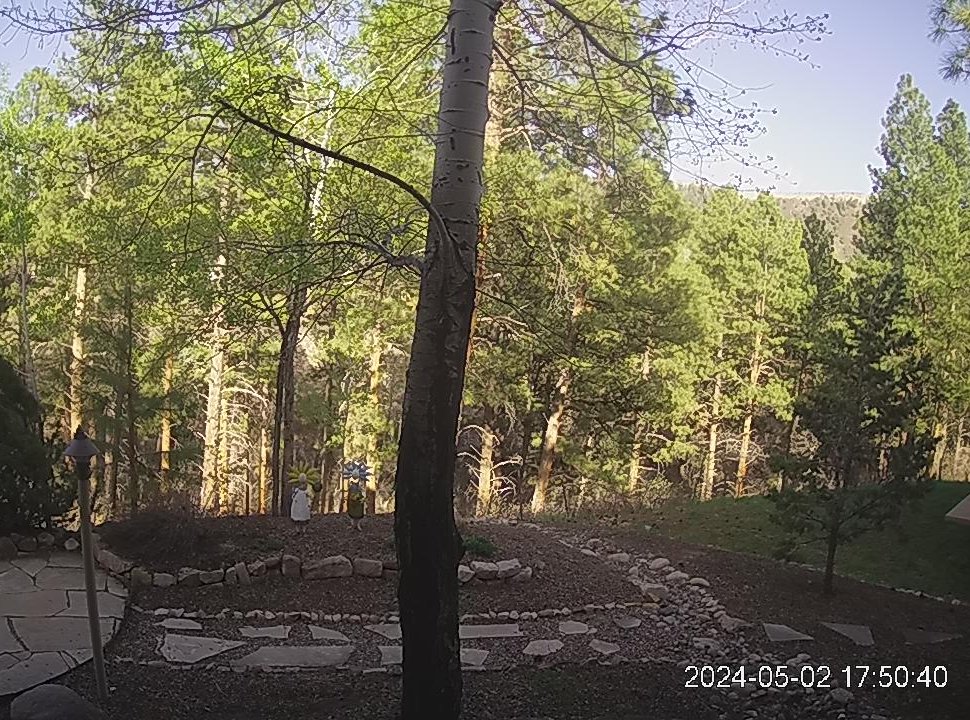Durango, Colorado Weather Cams
Durango/Ft. Lewis College
Downtown Durango Cam
Durango/Ft. Lewis College Looking NE from Chemistry Hall Cam
Durango-La Plata Co (KDRO) via FAA
Edgemont Highlands (northeast of Durango)

Durango, Colorado: A Legacy of Railroads, Mining, and Southwestern Heritage
Durango, Colorado Weather Cams. Nestled in La Plata County, southwestern Colorado, Durango is a city with a rich and layered history. From its origins as a railroad town to its role in the mining boom, Durango has long been a hub for commerce, transportation, and outdoor adventure. Its proximity to Mesa Verde National Park, the Animas River, and the San Juan Mountains makes it a gateway to both ancient and modern history.
The Ancestral Puebloans: The First Inhabitants
Long before Durango was founded, the region was home to the Ancestral Puebloans, who thrived between 600 and 1300 AD. These early inhabitants built cliff dwellings, kivas, and irrigation systems, leaving behind a legacy of pottery, petroglyphs, and architectural marvels. Mesa Verde National Park, located just outside Durango, preserves some of the most spectacular remnants of their civilization.
By the late 1200s, the Ancestral Puebloans mysteriously abandoned their settlements, likely due to drought, resource depletion, and social upheaval. Their departure paved the way for Ute, Navajo, and Arapaho peoples to settle in the area.
Spanish Exploration and Early Encounters
The first European explorers arrived in the 1500s, when Francisco Vásquez de Coronado led an expedition through the region in search of the Seven Cities of Gold. While Spain claimed the land, few settlements were established due to its remote and rugged terrain.
By the 1800s, fur trappers and traders began passing through, interacting with Indigenous groups and mapping the area.
The Founding of Durango: A Railroad Town
Durango was officially founded in 1880 by the Denver & Rio Grande Railroad (D&RG) as part of its efforts to reach Silverton and service the San Juan mining district. The railroad company selected a site along the Animas River, purchasing land under various names to secure it at a lower cost.
The city was named after Durango, Mexico, by former Colorado Governor Alexander C. Hunt, who believed the two locations shared similar landscapes. By 1881, Durango had a thriving business district, including hotels, saloons, bakeries, and blacksmith shops.
Mining and Economic Growth
Durango quickly became a center for silver and gold mining, with nearby towns such as Silverton and Ouray relying on its railroad connections. The Durango Smelter, established in the 1880s, processed ore from surrounding mines, boosting the local economy.
The Rio Grande Southern Railroad, completed in 1891, further expanded Durango’s reach, connecting it to Telluride and Ridgway. However, the Great Depression and the decline of mining led to economic struggles in the 1930s and 1940s.
The Rise of Tourism and Outdoor Recreation
By the mid-20th century, Durango began shifting toward tourism and outdoor recreation. The Durango & Silverton Narrow Gauge Railroad, originally built for mining transport, became a heritage railway, attracting visitors with its scenic route through the Animas River Valley.
In 1906, Mesa Verde National Park was established, drawing archaeologists and tourists eager to explore its cliff dwellings and ancient ruins. The creation of the San Juan National Forest in 1905 further solidified Durango’s reputation as an outdoor destination.
The Surrounding Area: Natural and Historical Landmarks
Durango is surrounded by archaeological and natural landmarks, including:
-
Chimney Rock National Monument: A significant Ancestral Puebloan site.
-
Durango Rock Shelters Archaeology Site: A Basketmaker and Pueblo culture site.
-
Spring Creek Archaeological District: A Basketmaker and Pueblo site.
Modern Durango: A Blend of History and Progress
Today, Durango is a thriving city, balancing its historical roots with modern development. The town hosts Fort Lewis College, which transitioned from an agricultural school to a four-year institution in 1962. The Purgatory Resort, opened in 1965, has become a premier ski destination.With its archaeological sites, railroad heritage, and outdoor recreation, Durango remains a vital part of Colorado’s historical landscape.
For more information, visit the Durango, Colorado official website.
